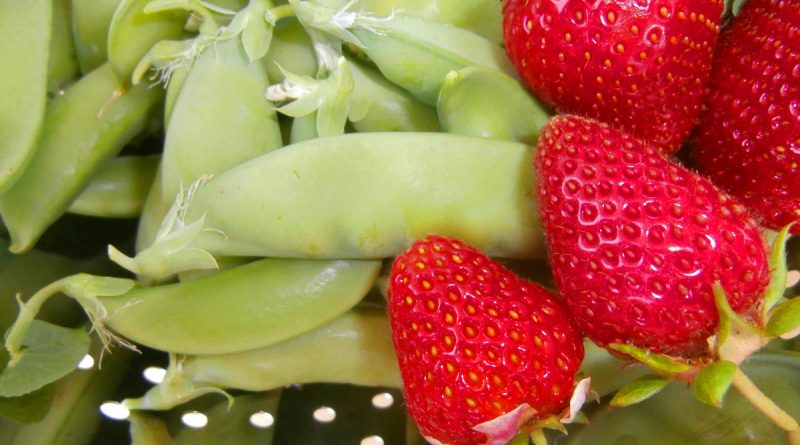5 Nutrition Tips to Fight Hiker Hunger
Keep your body healthy and fueled on long-distance hikes.
A couple weeks into a long trail, just when the blisters have started to callus over, it happens: eternal hunger sets in.
Contrary to popular belief, there is something you can do to combat that constant hunger and the resulting weight loss—it just takes a better understanding of when and what to eat. Dieticians Aaron “Sling” Owens Mayhew and Claire Shorenstein helped us unpack the mystery of how to fuel your body for the long haul.
Start your day off right
Even if you’re not a breakfast person, consuming calories earlier in the day will set you up for success. There is no rule saying you have to choke down oatmeal: Whether sweet or savory, choose something that you look forward to eating and try to mix it up. Start the day with a mix of complex carbohydrates and fats, even if you’re only eating something small. Carbs break down fast and become readily available for energy use, but fats help slow down digestion and will keep you satiated longer, said Shorenstein, who uses the same principles to fuel during her endurance runs.
Example: Granola with protein powder, milk powder, or nut butter packs
Up your fat intake
When Mayhew was hiking the Pacific Crest Trail last summer, she ate every 45 to 90 minutes and rarely felt hungry. Her secret? She packed her diet with fats. Dieticians say the average American should get between 20 to 35 percent of daily calories from fats. On the trail, Mayhew’s diet hit a whopping 46 percent, which is the number she recommends for all hikers.
Since fats release energy slowly throughout the day, they must be consumed consistently, and that frequent eating also helps stave off bouts of extreme hunger. Mayhew averaged six to eight snacks a day, two of which were high-fat nuts.
Example: Nuts, Honey Stinger Waffles, granola bars, olive oil packets, tuna packets in oil
Boost with sugar
Need a quick hit of energy? Reach for sugars and carbs, but supplement them with other types of calories to avoid crashing. Mayhew kept Honey Stinger chews as emergency energy in case she needed something to hold her over before another meal or snack.
Example: Dried fruit, candy, fruit snacks, energy blocks
Repair overnight
Although you should consume protein throughout the day, eating it before bed gives your body plenty of time to recover, Mayhew said. Protein helps repair micro-tears in the muscles; the body cannot store extra protein, so make sure you’re getting enough on a regular basis. Endurance athletes should consume 1.5 to 1.8 grams per kilogram of body weight each day. According to Shorenstein, fiber is also important as an anti-inflammatory, and especially useful to consume in the evening and prevent a stiff, sore body in the morning.
Example: Lentils, chickpeas, quinoa, sausage
Stock up in town
Ask a thru-hiker what they’re craving, and odds are good she’ll say fresh fruit or vegetables. The micronutrients found in fresh food are hard to find in the meals most hikers consume on trail, so choose a salad and fruit in town (and buy a multivitamin to take with you) before loading your belly with hamburgers and beer. You won’t fix deficiencies in a day, but your body can store up fat-soluble vitamins such as A, D, E and K for later use. Also take advantage of fresh dairy—yogurt or milk can provide necessary B vitamins.
Example: Packaged salads, fresh fruit, yogurt
Every body has individual tolerances and needs, so it’s important to follow these guidelines only as much as they help you thrive on the trail. Maintain a balance, eat what you’re craving, and don’t be scared to treat yourself every now and then, Shorenstein says.
“Food is for fuel, but it’s also for pleasure, so get foods that you enjoy, that make you happy, and that keep you on track to complete your goal,” she says. Cover your nutritional bases, but remember: You won’t stay fueled if you’re dreading mealtime.
Want to learn more about trail nutrition, meal planning, and backcountry cooking? Check out our Backcountry Kitchen course for recipes and expert tips.
Originally posted 2018-03-15 17:18:39.

